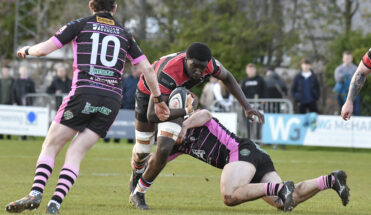Behind the scenes on the international 7s circuit
The HSBC World Sevens Series is known for enthralling crowds with pulsating action and carnival atmospheres. Behind the scenes, though, staff work tirelessly to ensure squads are fit enough to compete in events that demand the quickest of turnarounds from fixture to fixture.
Michael Clark is the team Physio for Scotland 7s, travelling the world circuit with the players as part of the backroom unit that essentially keeps the team ticking over on the pitch. As part of a Q&A, he offered an insight into what life is like in such a testing environment:
In Los Angeles, the squad was down to its bare bones for the final stages after numerous knocks and niggles – from a medical point of view, how difficult is that to work through, given you don’t have a support network travelling with you like you might have at home?
“Yeah, was a busy weekend for us. It becomes very challenging when you only have seven fit players and you’re thinking ‘if we pick up another couple of injuries it will be five or six versus seven’ and the risk of further injury goes through the roof at that point.
The game is so fast and so physically demanding that to compete at this level with a fit squad of only seven, as opposed to twelve, is almost impossible. With the way our luck was going over those two days, losing another couple of players was a real concern.
In terms of support, Dr Mike Proudfoot, our team doctor is a great help remotely when we’re travelling. He’s on the end of the phone anytime of the day – he got a few 3am calls that weekend! We were also in a fortunate and lucky position as well to have Ryan Crockatt (Academy Physio) with us on this trip as our fourth member of the management team; he was great to have as a second pair of medical hands, and the World Rugby tournament medics are all really good and provide great local support at each tournament.
In all honesty, it’s far more challenging for the players in these situations, they had to dig deep on the pitch with no replacements against full strength, quality opposition to get through those last few games and in the context did a fantastic job and they deserve a lot of credit.”

Scotland 7s physio Michael Clark is in his first year on the circuit
Obviously players don’t want to be told they can take no further part in a tournament if they’ve picked up an injury. How much of your job is the balance between getting guys ready for the next game and being forthright in informing them they are done for the weekend (HIA for instance)?
“Those conversations are always tough, none of these players want to be injured (they need to spend more time with me for starters!) but pretty much all of these boys have been playing the game long enough and know that injuries are part and parcel of it. They all know I will do my best to get them on the pitch and keep them on the pitch, but when it becomes unsafe for them to play that’s when myself or the medical team need to make the tough decisions to remove them from play.
In terms of how we do that, it’s a team effort in making those decisions and getting prepped for the next game. We have post-match to assess and decide if the player is going to be fit enough to compete in the next game, with turnarounds usually a couple of hours long. If needed, I’ll discuss my thoughts with Mike over the phone and then update Ciaran [Beattie, Head Coach] and Sean [Lamont, Team Manager and S&C Coach] all within about 20 minutes of the game finishing – if a replacement is available we need that signed off medically 45 before our next game and Sean organises all the paperwork out for this. In LA we had activated our 13th man after game two so that wasn’t an option from early on. Following this the coaches would plan their starting team and game plans. During this time, I would work with the injured player, with any treatment or any splinting required (slings, braces, crutches etc). Once we start prepping the fit players for the next game, usually about an 45-60 minutes out, we tend to keep the injured players out the dressing room during this time. For example, if it’s a head injury the noise and commotion can aggravate their symptoms and potentially delay recovery time. We had a few injured at LA so they had company, otherwise they would be accompanied by our liaison officers.”
7s is known as a frantic sport. Is that mirrored in physio work during these events?
“I try and keep the physio space as chilled as possible, a bit of ‘chilled jazz’ playlist keeps things low key – I come in for a bit of stick but that’s ok! When you’re pitch-side and the game’s going so fast, it can be a challenge to maintain a level of calm, but that’s one aspect all sports physios will tell you; we need to try and keep a level head and not get too caught up in the game.”

Michael offering assistance to Scotland 7s’ Ross McCann
Following on from that, what does your role involve in between games on a given day, and then between days one and two? You have 12 or 13 boys to work on – it must be quite the operation!
“Yeah, the day before the tournament we get everything prepped, so that the game day runs as smooth as possible. On game day, the mornings are busy with all the strapping needing done and getting everything to the ground. As you can imagine there’s a lot of medical kit required for an international 7s tournament. Between games it varies depending on injuries picked up in previous game. I can be really busy or just doing minor checks on players and setting up recovery strategies for them to use. Between day one and two is usually quite busy, we run a medical check-in and any treatment while prioritising sleep for the players. It can be hard graft, but it’s a real privilege to work with the national 7s team, travelling to all these great locations and representing the country, just trying to do my bit for the team.”
Finally, what do the following weeks and months mean for the players and do you have a role to play from a distance in maintaining their fitness/offering advice to them if they pick up niggles while self-training?
“Yeah, as with all the advice, our first priority is the safety of the players and their families. Next, Sean has been working hard to provide home training programmes tailored to their needs as 7s players. The boys all record their sessions so we can monitor what they’re doing and manage remotely and we still catch up once or twice a week as a management group via Teams. I check in with the players either via Whatsapp, phone or video at least once a week. I’ll do video consultations with all our injured players and obviously picked up a few in LA so that’s keeping me busy. The remote testing has been interesting! With going from seeing everyone daily to not being in any physical contact almost overnight and some players living alone, we thought it would be good to ‘meet’ twice a week at 9-9.30am over Whatsapp, for a bit of a laugh and try and maintain that squad togetherness in these strange times.”
Related Fanzone
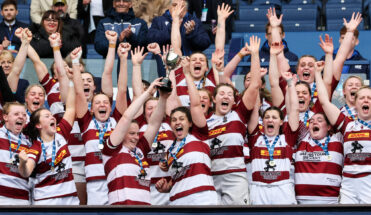
Silver Saturday preview: Sarah Beaney Cup: Watsonians v Hillhead Jordanhill
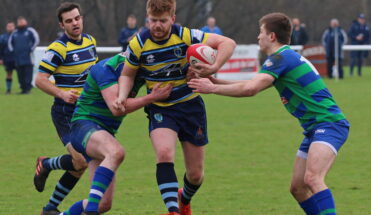
Silver Saturday Preview: Men’s League Cup final: Lasswade v Falkirk
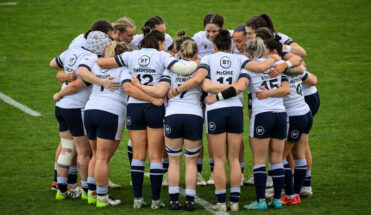

Watch: Rise Now | Bounce back in Parma
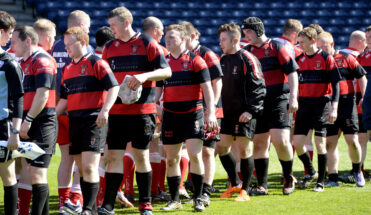
Silver Saturday Preview: Men’s Shield final: Cumnock v Moray
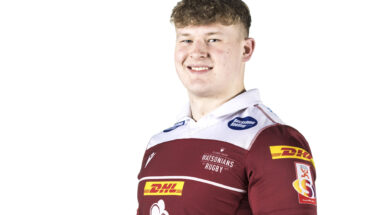
Finn Duraj: Learning from the best
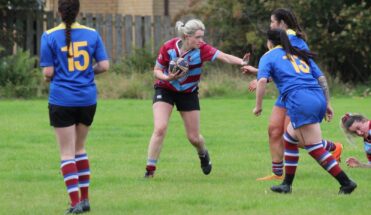
Silver Saturday preview: Women’s Plate final: Caithness Krakens v Uddingston
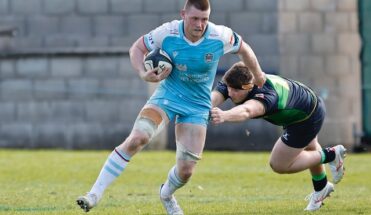

Highlights: 2024 FOSROC Super Series Sprint | Round 1
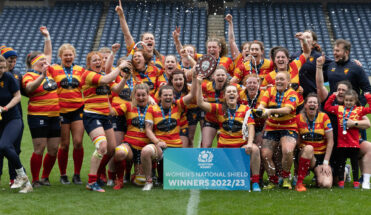
Silver Saturday Preview: Women’s Shield final: Biggar v West of Scotland
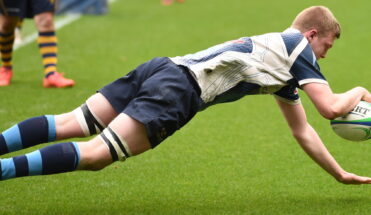
Silver Saturday Preview: Men’s Bowl Final: Irvine v Blairgowrie
